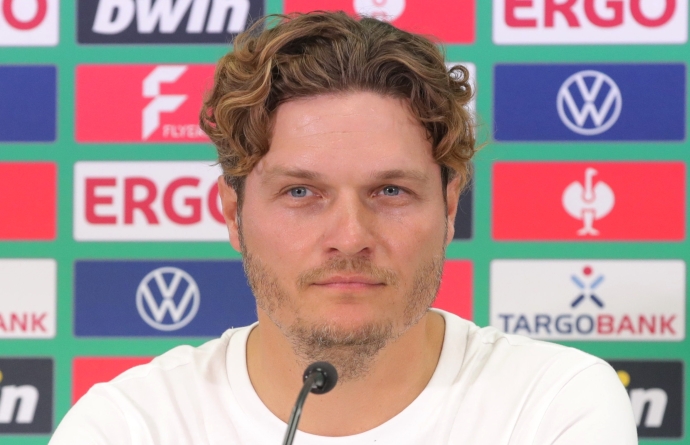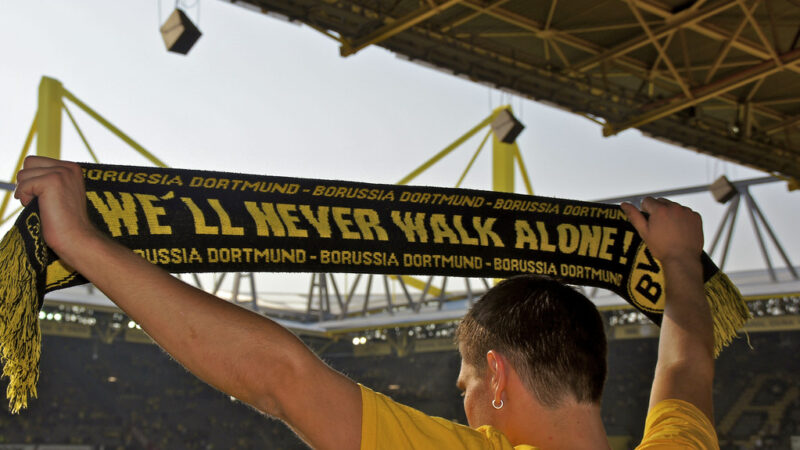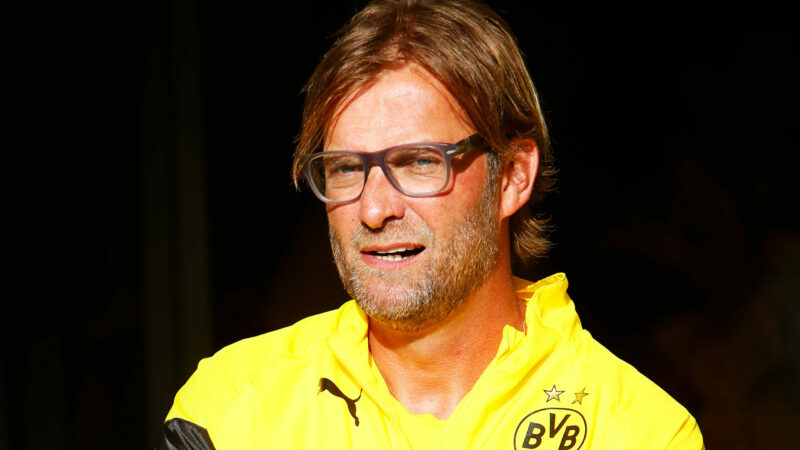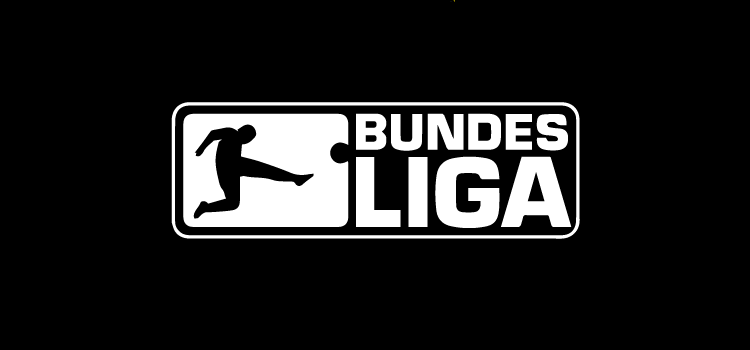The Anatomy of a Car Wreck: How Pulisic and Woods Could Not Save the U.S.

“Coaching is coaching. No one in Europe knows anything more about soccer than we do.” – Bruce Arena, June 2017
A car wreck is seemingly straightforward but when analysed has many moving parts. How much sleep did the two drivers have the day prior? Should the passenger in Car A not reach across to change the music on the radio, or should Car B not taken the shortcut but instead taken the road he or she knows better? What if the driver of Car A had tried to pass via the left lane instead of the right? What if the rain had cancelled the practice of the kid in Car B instead of causing the skid?
In a wreck, the driver is named at fault regardless of the environment of the crash and the situation leading up to it. A football manager is in the same situation – after a traumatic loss, the blame inevitably goes to the manager. As the person with the most control over the roster, training, and selection, he (and it’s almost always he) naturally absorbs the most blame for a bad performance. Yet as this column tries to show, sometimes the truth is more nuanced.
This week, we will examine the wreckage of the U.S.’s disastrous loss to Trinidad & Tobago to see how a manager is both at fault and unfairly blamed for a disaster. Worry not, reader, this site is not converting to American and this article could be written about Dick Advocaat and the Netherlands or Juan Antonio Pizzi and Chile. But because BVB’s own Christian Pulisic played in this match and partnered with fellow Bundesliga starter Bobby Wood, yesterday’s CONCACAF qualifier is a good example of the multifaceted aspects of a disaster.
To set the scene, the U.S. needed a draw or win to advance to the World Cup finals, or if they lost for either Panama or Honduras to not win. For his starting XI, Bruce Arena went back to what he knew best and laid out a sort-of 4-4-2 diamond. Per usual, Pulisic played atop the diamond but more of a withdrawn playmaker behind Wood and MLS’s Jozy Altidore. The problem with this starting XI and formation when Arena played it previously in qualifying was he placed Darlington Nagbe in the midfield to partner with Michael Bradley. The U.S. captain served as the deep-lying playmaker and Nagbe was to serve as an outlet in the midfield, but as Costa Rica and others did before, T&T simply clogged the midfield and denied the pass to Bradley. The result was balls over the top to the U.S. full-backs or Paul Arriola/Pulisic to try and make plays in space. At times, the U.S. formation in possession was more of a 3-1-6 which meant there were few lanes in the midfield to dictate play and build up the pressure to the goal.
The U.S. fell behind quickly behind an abysmal own goal and a wonder strike from 30 yards out in the first half. The pressure then became apparent on the U.S. side of the field. Wood would wander wide and Altidore would drop deep to try and find space, while Pulisic would try to be open in channels to receive the passes that struggled to be made. Arena responded in the second half by withdrawing Arriola and replacing him with Clint Dempsey. Pulisic normally in this situation for the U.S. goes to the right but instead again roamed freely to find space. Again, the lack of midfield possession doomed the U.S. and did not permit them to press Trinidad & Tobago into turnovers and more shots. In the end, the U.S. tried to rely too much on individual skill it did not possession and luck that was not coming to win a match they did not seem motivated to win. The result is missing the World Cup finals for the first time since 1986.
For BVB fans, we saw tonight and in qualifying the limits of Christian Pulisic, a young talent that right now needs support from other talented players to truly be a consistent game changer. From the perspective of fans of the beautiful game, we saw a manager bollocks up his tactics and fail to motivate his players, then fail to find answers when those players could not perform at the level needed. The seeds of this team’s destruction were planted decades ago in the U.S. and club youth systems, federation management, training camps, and other places too forgettable to blame, but in the end, Bruce Arena will take all the blame for this performance.






